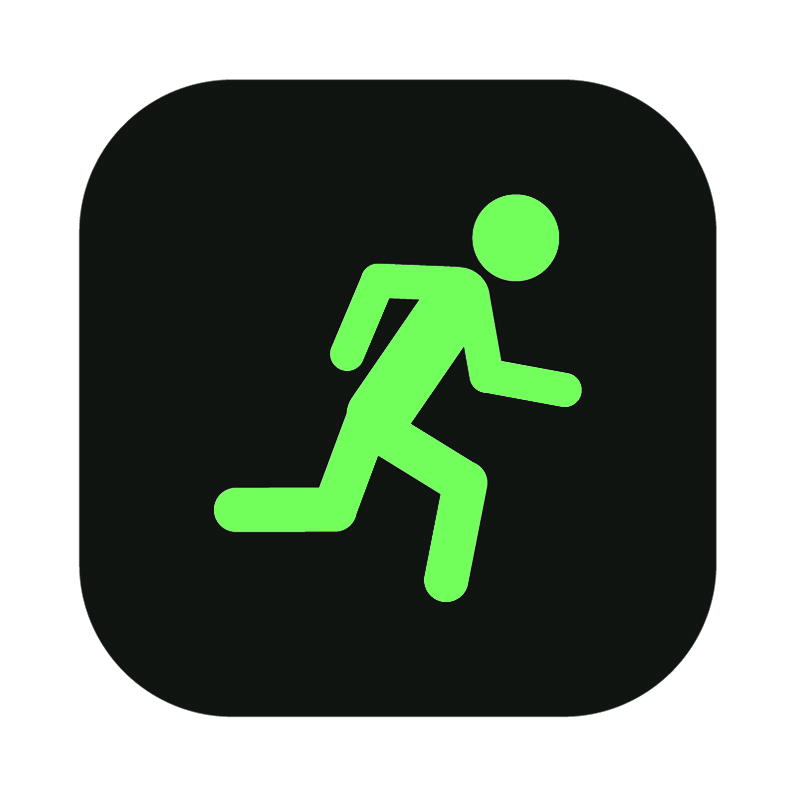Run Efficiency Part 3: Posture

 Let’s start with a little re-cap on Parts 1 and 2 before the final piece of the puzzle:
Let’s start with a little re-cap on Parts 1 and 2 before the final piece of the puzzle:
- Test your cadence, and increase your stroke rate to around 90 foot strikes on each foot per minute
- Grab yourself a musicians’ metronome or an app on your phone, and spend a few months increasing the beeps from your baseline cadence
- Aim to land beneath the body to increase efficiency
- Think about landing on a white hot plate with bare feet or the skateboarder who only wants to quickly skip over the ground
- Don’t forget “POSE – FALL – PULL”; don’t just throw your foot out front, as you’re likely to end up using the fore-body landing as a braking mechanism
- Keep rolling the calves and Achilles, even if they DON’T feel tight
- Practice synchronising the breath with the foot strike
- Use your metronome to test breathing on 4, 3 and 2 foot strikes per breath
- Get into the habit of letting the breath control the feet, not the other way around
- When you start a run, stop at traffic lights, mount a kerb etc. get used to getting the breath aligned before anything else
The very last thing I want athletes to think about with regards to running posture is how the foot is hitting the ground. Once the above points have been addressed, a runner or triathlete is well on the way to nailing the correct posture without once obsessing on whether the foot is forefoot, mid-foot or heel striking. As we have learnt, if you are landing beneath the body – regardless of the part of the foot that hits – you are already being efficient.
In Run Efficiency Part 1: Cadence I described how we should avoid being a ‘Tripod’ and instead aim to be a ‘Wheel’ so let’s start there. A tripod is great at being stationary, in fact that’s its job. This analogy comes from people I have seen expelling way too much energy attempting to negate the effects of landing in front of the body: throw a foot out front to stop our momentum, then heave the body over it using the arms, back and pelvis before repeating and setting up an ugly cycle of events. Don’t fight being stationary. Don’t be a tripod.
In stark contrast to the above, a wheel is designed to keep moving. In fact if you place one on any surface you’ll have a hard job stopping it going anywhere. A key analogy and a strong image to explain efficient run posture. The wheel always touches the ground at the bottom [6 o’clock] and – without brakes – the front half of the wheel will fall while the back half of the wheel will pull upwards. Sound familiar?
Now before I explain a couple of posture pointers, in your mind’s eye please picture the wheel above superimposed over your body as seen from the side. Nope that’s not it. I’m pretty sure your wheel is the same height as your body head to toe, which means you’re picturing a da Vinci-type arrangement? Now reduce the size of that wheel to less than a Hula Hoop… more Road Runner cartoon than da Vinci because we don’t want to encourage those big energy-zapping movements. Instead, the pose, fall, pull sequence has a subtler nature.
For example, the first drill we go through in a Run Technique workshop is the unfortunately-named ‘Poo Scraper’ drill. While standing about half a shoe’s distance from a wall and facing away, athletes are encouraged to simply lift the non-standing foot upwards before placing the sole gently flat on the wall… as if they were scraping muck from their shoe. The point here is that endurance runners and triathletes – as opposed to sprinters and elites – don’t need to be kicking the heel way up to the butt. In fact after a few hours on a bicycle, that’s going to prove pretty tough so a subtle lifting of the heel alongside the calf of the supporting leg is enough to programme the back half of our wheel.
We repeat this movement a few times on each foot, before the sole of the shoe is merely kissing the wall behind the athlete, then the athlete gently jogs away from the wall replicating the heel lift pattern. Now I won’t go over every drill, but this motion – coupled with a gentle lean from the ankles – is the cornerstone to good posture in my book. It points out to the fore-of-the-body foot strikers how very different the feeling is most of all. During a workshop I’ll say a handful of times “we want pistons not pendulums”. Pendulum people are those we’ve all seen looking very stiff with straight legs literally hinging from the pelvis which will only ever encourage a landing in front of the body. A piston however will lift straight up hence the poo-scraper drill.
If this movement is started gradually, and eventually used together with a cadence around 90-92 SPM for each foot the chances of landing in front of the body are basically zero. But it doesn’t happen overnight.
In keeping with my urge to give drills silly names, the posture of the upper body while running can be described as a ‘Horny Teenager’: imagine a cord attached the waistband of your running shorts or tights pulling you forward. This approach will do two things: firstly, it will remind the athlete that the falling / leaning happens from the ankles not the pelvis (which will have the person running with an easily-spotted Duck Bum). Secondly, if we focus hard on being upright with our pelvis driving us forward, the urge to throw a foot out front is removed. Remember the snowboard test for which foot you naturally put first? Well stand still and imagine that cord pulling the pelvis not the leg… you can’t do it without moving forward with gravity… free speed.
The best way I have found to describe this feeling to athletes is to stand with feet shoulder width apart, and lean forward from the ankles until the big toes ‘bite’ in your shoes to keep you in the same spot. Practice this movement a few times, letting the toes bite before returning to standing. Then, repeat the movement but this time let the instinctive leg move forward to stop the fall… of course DON’T stop the fall, just take a few strides and go back to repeat the exercise.
Once we’re using gravity to pull us forward, all we have to do is scrape that heel against an imaginary wall over and over, and Voila we’re running. While running, the degree of the lean will decide how much gravity we want to utilise. There’s a reason 100m sprinters take about 20m to go from the blocks to being upright: acceleration. Granted, as endurance runners and triathletes, there won’t be much use for serious leaning from the ankles, but when fatigue kicks in, and morale starts to sink during the latter stages of a race it’s not a bad fallback option.
If we imagine a rod connecting the heel of the foot traversing through the leg, pelvis, back and out the top of the head, that’s the axis with which we experiment when discussing “lean”. If the top of the head is pulled forward and slightly upwards the falling cycle will be encouraged. As with all of the three disciplines, having the core switched on and strong will help your posture no end.
Finally, efficient running cannot forget about arms, hands, neck, head and shoulders. No surprise that relaxed is the key. A relaxed upper body actually comes from the mouth and fingers. Rest the thumb gently on the forefinger but do not squeeze tight. Arms should be held lightly against the ribs, and hands should never cross over the line of the sternum. Instead, swing the thumbs just below the breastbone on each stroke… not out to the side, or down by your hips or up around the ears! Anything more than the bare minimum of effort will have you spending energy and becoming stiff so remember nice and loose. The jaw should be nice and bouncy to the point of relaxation similar to that before you say something… no clenching of the teeth, frowning, or shoulders crowding the neck!
Just like efficient swimming, good steady running should feel ‘meditative’ and flowing so if you’re struggling with any part of this series of posts drop me a line and we’ll work out what’s going on.
w

I am really happy to glance at this webpage posts
which consists of lots of useful data, thanks for providing such information.